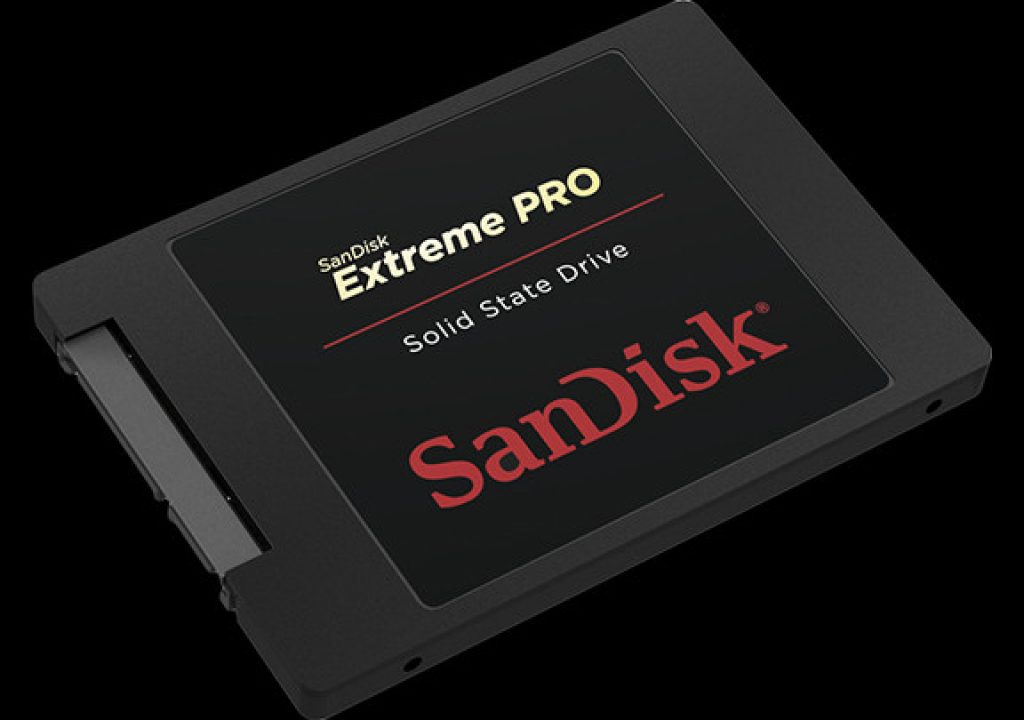You’re not George Lucas and you don’t have a virtual limitless budget. So you’ve probably been tempted by those generic memory cards for your camera, the ones that are half the price of the Sandisk or Delkin cards. Don’t do it. Really.
Your memory card is the most vital link in the chain when it comes to capturing your movies. A few dropped frames (or a lot) can ruin the perfect shot. Sometimes you won’t even notice until you get back to post. Then it’s all far too late.
So what matters when choosing a memory card? First, and this goes without saying, choose a reputable brand. Filmtools stocks Sandisk and Delkin for a reason: we know they’ll deliver.
Second, consider what you’re going to be shooting. If you’re shooting 1080p HD content, you’re likely to have modest write speed requirements. ProRes 422 at 1080p records at 117Mb/s. That’s megabits (lower case ‘b’)–you need to be careful; sometimes data rates are mentioned in MB/s, which is megabytes (upper case ‘B’). To convert between them, multiply the megabytes by 8, or divide the megabits by 8.
So, that ProRes 422 number becomes 14.6 MB/s. Now the card may claim a write speed of 150 MB/s. But, like anyone else, memory card manufacturers like to put their best foot forward. So that quoted write speed is typically the burst speed, the fastest that the card will write for a quick operation on its best day. Still photographers may benefit from such a thing, but what we care about is sustained write speed.
That 150MB/s card? Even if it’s a high-performance card its sustained write speed is probably more like 60 MB/s, less than half the maximum. Still, 60 MB/s is plenty when your HD data rate is 14.6 MB/s.
Let’s up the quality a bit. Start shooting in ProRes 422 HQ, and your data rate climbs to around 22 MB/s. Still plenty of headroom. B
We’re pretty sure your plain vanilla memory card is going to struggle with the higher data rate footage, so like we said at the start of the post: just don’t do it.
Our suggested rule of thumb is to buy the card that will work at the highest bandwidth your camera supports. If your camera shoots 2.5K RAW, then get a card or SSD drive with headroom to handle a sustained rate of 72 MB/s. You may think you’ll always shoot in ProRes 422, but the day will come when you find yourself needing to shoot at a higher quality, and you’ll need your memory card to support it.
One last thing: read speeds matter too. If you only have a couple of cards in your kit, you’ll want to make sure you can get your shots transferred to another drive as quickly as possible. That way there won’t be any hold-up on the shoot while you’re waiting for a card to dump its content. And don’t skimp on the card reader; get one that has a high-transfer rate via either thunderbolt or USB3 (or both).
Check out the http://www.filmtools.com/flash-memory.html

